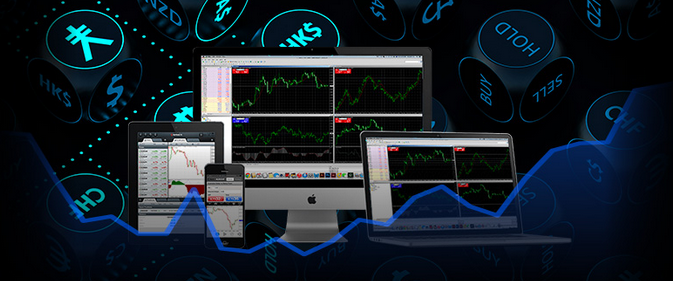
Forex 101: A Beginner’s Handbook to Currency Markets
The Foreign Exchange market is a fast-paced and ever-changing environment, marked by rapid fluctuations in currency values. The key to success in this market is to study these trends and make informed decisions on buying and selling currencies. This is where technical analysis comes into play. Technical analysis provides the tools needed to evaluate market trends and predict future price movements. In this post, we will discuss technical analysis and how it can help traders increase their success in the forex market.
Technical analysis is a method of forecasting future price movements by analyzing past market data, primarily through the use of charts. Technical analysts are more interested in identifying price trends and patterns, rather than analyzing company financials or news events. Using charting software, traders examine past prices and trends to identify support and resistance levels and determine possible entry and exit points for trades.
One of the primary tools used in technical analysis is moving averages. A moving average is simply the average price of a currency over a set period of time. Traders use moving averages to identify trends and to predict potential price reversals. Another essential tool in technical analysis is Bollinger Bands, which is a volatility indicator. Bollinger Bands help traders identify price levels that are relatively high or low compared to the average, which can indicate a possible trend reversal.
In addition to moving averages and Bollinger Bands, there are many other technical indicators traders use to analyze market trends. These include Relative Strength Index (RSI), Moving Average Convergence Divergence (MACD), and Stochastic Oscillator. All of these indicators provide traders with information about market momentum, which helps them make informed decisions on when to enter or exit trades.
While technical analysis can be a useful tool for traders, it is important to remember that it is not foolproof. The market can be highly unpredictable, and even the most accurate technical analysis can fail due to unforeseen news events or market shifts. Therefore, it is always important to use other strategies in conjunction with technical analysis, such as fundamental analysis and market research.
Conclusion:
In the fast-paced world of the Forex market, traders need all the help they can get to succeed. Technical analysis offers a powerful set of tools to evaluate market trends, helping traders predict future price movements and identify entry and exit points for trades. By studying past market data, traders can develop a clear understanding of price trends and use that information to make informed decisions in the future. However, as with any strategy, it is important to use technical analysis in conjunction with other strategies and to remain vigilant of market shifts and news events. By staying informed and utilizing technical analysis along with other strategies, traders can increase their chances of success in the Forex market.